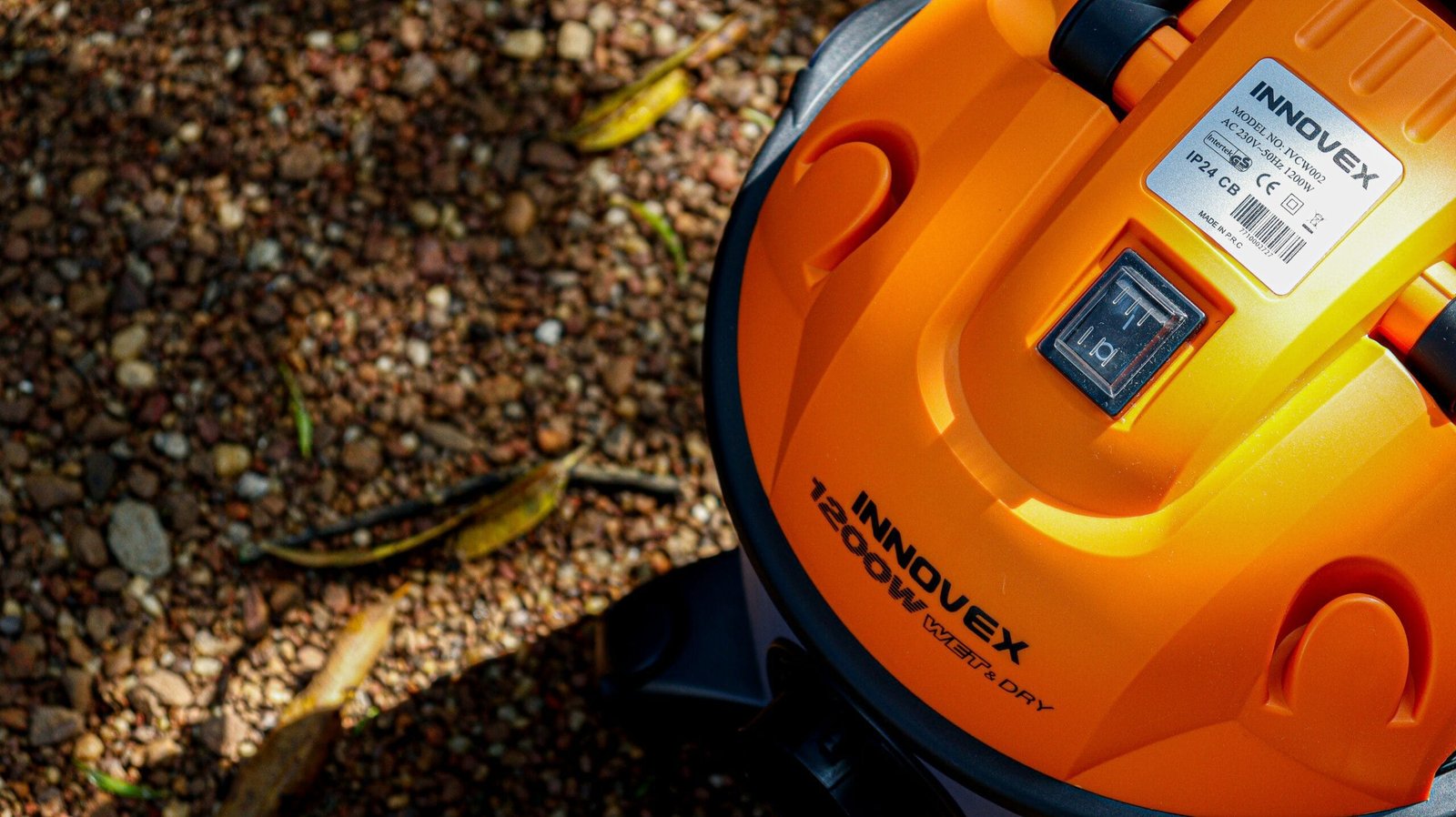Cleaning Tile Floors and Grout: A Comprehensive Guide
Tile floors are a popular choice for many homeowners due to their durability and low maintenance. However, over time, dirt, grime, and stains can build up, making your tile floors look dull and dirty. Cleaning tile floors and grout may seem like a daunting task, but with the right tools and techniques, you can restore the beauty of your floors with ease.

Read this article and do not forget to check our YouTube channel “Grig Stamate” for tones of amazing videos:
https://www.youtube.com/@GrigStamate
40 Amazing White Home Interiors with Light Color Floors (video)
Gather the Necessary Supplies
Before you begin cleaning your tile floors and grout, it’s essential to gather the necessary supplies. You will need a bucket, a mop, a soft-bristle brush, a vacuum or broom, a pH-neutral cleaner or a specially formulated tile and grout cleaner, warm water, and a microfiber cloth. Additionally, if you prefer natural cleaning solutions, you can use ingredients such as vinegar, baking soda, and hydrogen peroxide.
Step-by-Step Cleaning Process
Follow these steps to clean your tile floors and grout effectively:
Step 1: Remove Surface Debris
Start by removing any surface debris such as dust, dirt, and loose particles from the tile floor. Use a vacuum or a broom to thoroughly clean the entire area. This step will prevent the loose debris from turning into a muddy mess when mixed with the cleaning solution.
Step 2: Prepare the Cleaning Solution
If you’re using a commercial cleaner, follow the manufacturer’s instructions to prepare the cleaning solution. If you prefer a natural solution, you can mix equal parts of water and vinegar or create a paste using baking soda and water. For tougher stains, you can use a mixture of hydrogen peroxide and water.
Step 3: Test in a Small Area
Before applying the cleaning solution to the entire floor, test it in a small, inconspicuous area to ensure that it doesn’t cause any damage or discoloration to the tiles or grout.
Step 4: Clean the Tile Floors
Dip the mop or a soft-bristle brush into the cleaning solution and wring out any excess liquid. Thoroughly mop or scrub the tile floor, focusing on any stained or heavily soiled areas. For grout lines, use a small brush to scrub the grout with the cleaning solution. Allow the solution to sit for a few minutes to loosen the dirt and grime.
Step 5: Rinse the Floor
Fill a bucket with clean, warm water. Use a mop or a clean cloth to rinse the tile floor, ensuring that all traces of the cleaning solution are removed. Rinse the mop or cloth frequently in the clean water to avoid spreading the dirt around.
Step 6: Dry the Floor
Use a dry microfiber cloth to wipe the tile floor and remove any excess water. This step will prevent water spots and ensure that the floor dries quickly and streak-free.
Deep Cleaning and Maintenance
For deep cleaning and maintenance of your tile floors and grout, consider the following tips:
Sealing the Grout
Applying a grout sealer after cleaning can help protect the grout from future stains and discoloration. Follow the manufacturer’s instructions for the proper application of the grout sealer.
Regular Maintenance
Regularly sweeping or vacuuming your tile floors can prevent dirt and debris from accumulating. Additionally, promptly clean up any spills to prevent staining.
Professional Cleaning
If your tile floors and grout require deep cleaning that you’re unable to achieve on your own, consider hiring a professional cleaning service. Professional cleaners have the expertise and specialized equipment to restore the luster of your tile floors.
Conclusion
With the right tools, techniques, and regular maintenance, cleaning tile floors and grout can be a straightforward and rewarding task. By following the steps outlined in this guide and implementing proper maintenance practices, you can keep your tile floors looking pristine for years to come.
Tile Floor Cleaning Techniques for Different Surfaces
While the general cleaning process outlined earlier works for most tile floors, there are some variations you can consider based on the specific type of tile you have. Here are a few tips for cleaning different tile surfaces:
Cleaning Ceramic Tile Floors
Ceramic tiles are a popular choice for many homeowners due to their durability and wide range of design options. To clean ceramic tile floors, you can use a mild, pH-neutral cleaner or a mixture of warm water and vinegar. Avoid using harsh chemicals or abrasive cleaners, as they can damage the tile surface and grout. When cleaning, focus on scrubbing the grout lines to remove any built-up dirt or grime.
Cleaning Porcelain Tile Floors
Porcelain tiles are known for their water-resistant and stain-resistant properties. For cleaning porcelain tile floors, you can use a specialized porcelain tile cleaner or a mixture of warm water and a small amount of dish soap. Avoid using acidic cleaners, as they can etch the tile surface. Be sure to rinse the floor thoroughly after cleaning to remove any residue.
Cleaning Natural Stone Tile Floors
Natural stone tiles, such as marble, granite, or travertine, require a gentle touch when cleaning. Use a pH-neutral, stone-safe cleaner and avoid using harsh chemicals or abrasive scrubbing. If you notice any etching or dull spots on the tiles, consider having them professionally honed and polished to restore their shine.
Cleaning Glazed Tile Floors
Glazed tiles have a shiny, glossy finish that can be susceptible to water spots and soap scum. To clean glazed tiles, use a mild, pH-neutral cleaner and a microfiber mop or cloth. Avoid using acidic cleaners, as they can dull the tile’s surface. Be sure to rinse the floor thoroughly to prevent any residue from being left behind.
Maintaining Tile Floors and Grout
Proper maintenance is key to keeping your tile floors and grout looking their best. Here are some tips for maintaining your tile floors:
Routine Cleaning
Regularly sweeping, vacuuming, or mopping your tile floors can help prevent the buildup of dirt and grime. Aim to clean your tile floors at least once a week, or more frequently if they see heavy foot traffic.
Spot Cleaning
Whenever you notice a spill or a stain on your tile floor, address it promptly. Blot the spill with a clean, absorbent cloth and then clean the area with your preferred cleaning solution. The sooner you attend to a spill, the easier it will be to remove.
Grout Maintenance
Grout can be a magnet for dirt, grime, and stains, especially in high-traffic areas. To keep your grout looking its best, consider sealing it after the initial cleaning. Grout sealers create a barrier that helps prevent stains and discoloration. Additionally, you can clean the grout lines regularly with a grout brush or a small scrub brush.
Protecting Tile Floors
To protect your tile floors from wear and tear, consider placing floor mats or rugs in high-traffic areas. This can help reduce the amount of dirt and debris that gets tracked onto your tile floors. Additionally, you can use felt pads or furniture coasters under heavy furniture to prevent scratches or indentations.
Professional Cleaning and Restoration
Even with regular maintenance, your tile floors may eventually require a more thorough cleaning or restoration. If you notice persistent stains, discoloration, or other issues that you can’t resolve on your own, consider hiring a professional tile and grout cleaning service. These experts have the tools, products, and expertise to deep clean your tile floors and grout, and in some cases, even restore damaged or discolored surfaces.
Troubleshooting Common Tile Cleaning Challenges
While the cleaning process outlined earlier covers the basics, you may encounter some specific challenges when cleaning your tile floors and grout. Here are some common issues and how to address them:
Removing Stubborn Stains
For stubborn stains, such as those caused by wine, coffee, or food, you may need to use a more powerful cleaning solution. Try mixing a small amount of hydrogen peroxide with water and apply it to the stain. Let it sit for a few minutes before scrubbing and rinsing. You can also try using a poultice, which is a paste-like cleaning product specifically formulated for removing deep-set stains from tile and grout.
Dealing with Mold and Mildew
If you notice mold or mildew growth on your tile floors or in the grout, it’s essential to address the issue quickly. Mix a solution of one part bleach to three parts water and apply it to the affected areas. Let the solution sit for a few minutes before scrubbing and rinsing thoroughly. Be sure to improve ventilation and address any underlying moisture issues to prevent future mold and mildew growth.
Removing Hard Water Stains
Hard water can leave behind unsightly mineral deposits on tile surfaces and in grout lines. To remove hard water stains, try using a mild acid-based cleaner, such as diluted white vinegar or lemon juice. Apply the solution to the affected areas, let it sit for a few minutes, and then scrub and rinse. You can also try using a grout haze remover or a tile and grout restoration product specifically designed for removing hard water deposits.
Reviving Dull or Discolored Tile
If your tile floors have become dull or discolored over time, you can try a few different techniques to restore their shine and luster. Start by thoroughly cleaning the tile with a pH-neutral cleaner or a mixture of warm water and vinegar. If the discoloration persists, you may need to use a tile polishing or restoration product. These products contain abrasives that can help remove the top layer of the tile, revealing a fresh, clean surface. For severe discoloration or damage, you may need to consider professional tile refinishing or replacement.
Conclusion
Keeping your tile floors and grout clean and well-maintained can enhance the overall appearance of your home and extend the life of your tile surfaces. By following the step-by-step cleaning process and utilizing the various techniques outlined in this guide, you can maintain the beauty and integrity of your tile floors, no matter the type. Remember to address any issues promptly, use the right cleaning products and tools, and consider professional assistance if needed. With a little effort and attention, your tile floors will continue to look their best for years to come.
Other related posts from our website:
https://howtobuildahouseblog.com/tile-flooring-vs-wooden-flooring/
https://howtobuildahouseblog.com/daltile-tile-flooring-beauty-style-quality/
https://howtobuildahouseblog.com/installing-interlocking-finished-wood-parquet-tile-flooring/
Thank you so much for your attention.
Stay tuned. We will upload many other amazing posts to our website and videos onto our YouTube channel.
Thank you so much.
for your time and attention.
Best Regards
See you to another post,
Bye, Bye



No Responses